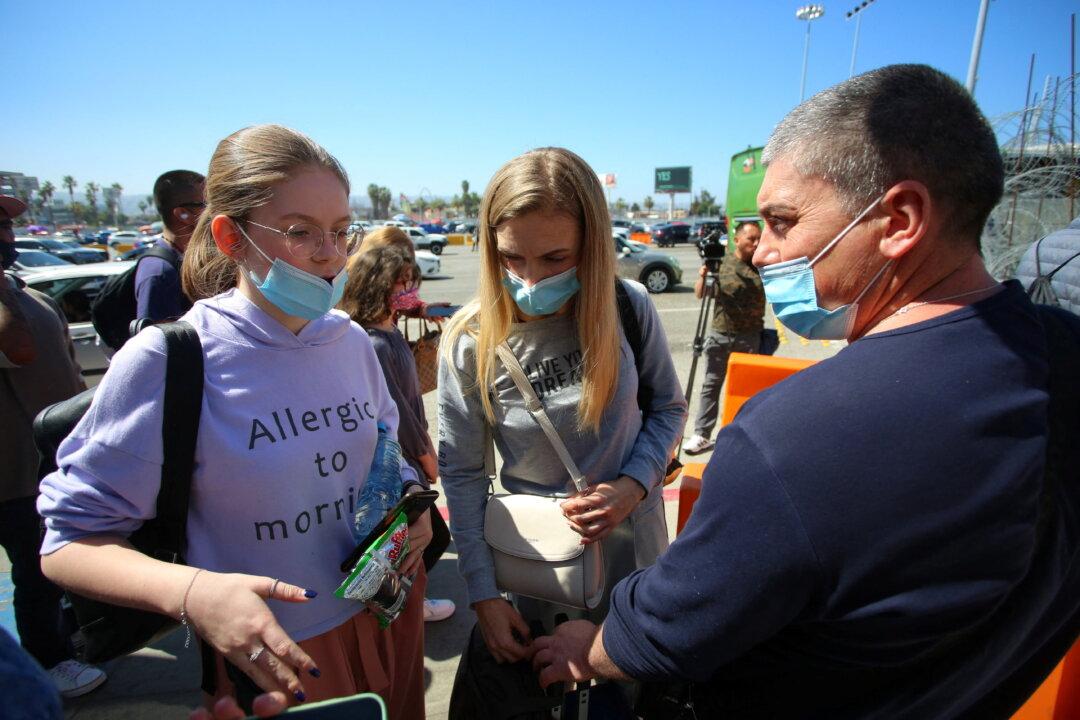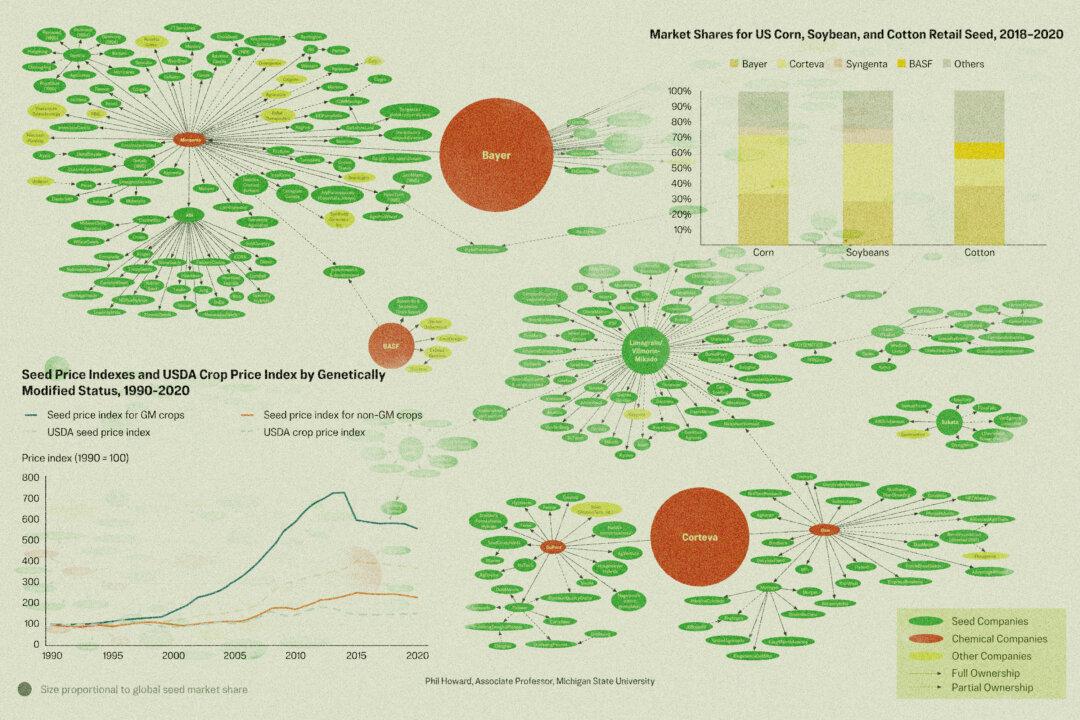Nations beyond Europe are now seeing Ukrainians who have fled their homeland turn up at their borders since Russia’s invasion.
In Latin America, countries such as Brazil, Argentina, Mexico, Guatemala, and Bolivia have made immigration policy adjustments and are taking on refugees amid the region’s latest crisis of displaced people arriving from conflict zones. However, in the early stages of this humanitarian crisis, a trend has begun to emerge: Ukrainians are arriving in Latin America, but many aren’t staying.





